Lambing is the busiest time of the year in a sheep farmer’s calendar. Under normal circumstances, most ewes will lamb unassisted but there are always times when ewes may require assistance and, as such, farmers need to be on guard and practise high levels of supervision.
This may be due to lambs being presented incorrectly in the birth canal or the birth of oversized lambs. In this article, we will cover some of these challenges which farmers are presented with and the tell-tale signs of identifying when problems might occur.
Early signs of lambing
The signs that the lambing process is beginning differs depending on if ewes are in an outdoor or indoor environment. In an outdoor environment, ewes will tend to separate from the flock with their natural instinct to find a sheltered safe place to lamb. This instinct is especially strong in hill breeds.
Ewes housed indoors will try to follow a similar approach of finding the optimum place to lamb but this is harder to detect. Ewes will often be seen circling and lying/standing continuously or rubbing the ground with their front feet in the final period before lambing. This process can take place two to three hours in advance of the birthing process.
If lambs are present in the same pen, some ewes will often try to mis-mother lambs so this is another factor to be on guard for.
Start of lambing
Once lambing starts, ewes will generally lie and stand frequently with this taking place between contractions. In the womb, lambs are surrounded by two fluid-filled sacks. These are often termed in practical terms as the first and second water bag.
Contractions will push the first water bag into the cervix and this will be followed by the lamb.
The contractions will help to make room for the lamb to pass through (dilation of the cervix), so it is important that ewes are given enough time for this process to take place.
The birthing process from expulsion of the first water bag should generally take less than an hour or slightly over it for multiple births.
If lambing looks to be progressing OK, then there is no need to intervene and the ewe should be left to lamb naturally. If the length of time that the ewe is lambing is unknown or she looks to be distressed then it is advisable to intervene.
This does not mean that lambs need to be delivered and if the head and two front legs are presented fine then a decision can be taken to leave the ewe for another while. The diagrams on page 13 address the common ways lambs will be presented for birth and how to overcome some of the challenges.
1 Normal lambing and oversized lambs
In a normal lambing, the two front legs of the lamb will be extended, with the head coming in between them.
The tips of the legs and head may be seen for a significant time before the birth takes place, but once the ewe has pushed the head, and shoulders out, the lamb will generally be delivered rapidly.
Oversized lamb
A lamb presented correctly does not always mean it will be a straightforward birth. A difficult birth may take place due to oversized lambs or a small ewe/ewe lamb. A lubricant gel will help in such circumstances.
The legs of the lamb should be pulled gently, one at a time, to carefully ease the lamb further out. The force applied should be steady, avoiding excessive pulling or jerking as this can lead to rupturing or tears to the ewe’s vulva.
When the lamb is coming the skin of the vulva may be gently pulled out over the head of the lamb.
A lambing aid can be applied behind the lamb’s ears to help balance the pressure and once the legs are out pulling above the hocks (bend in the legs) is best.
The force of pulling should be towards the ewe’s hocks. If a lamb gets stuck turning a ewe on her side or back may help. If a lamb is stuck at the hips, releasing pressure and then pulling the lamb between the ewe’s legs and over the udder changes the direction of the pressure and frequently helps.
Continuous pressure in one direction where a lamb is stuck at the hips generally does not work.
It is important to use your judgment at the start, as if the lamb is too large, veterinary assistance should be sought, as a caesarean section may be necessary.
2 Head but no legs
This type of malpresentation is very serious. If not noticed quickly and the ewe pushes just the lamb’s head out it can swell fast, with the tongue also swelling as time passes.
The head generally needs to be reinserted into the birth canal as there will usually be no room to bring the legs out. Lubricant gel should be used to help push the head back and it is a good idea to apply a lambing aid around the lamb’s ear to aid bringing the head back in to the birth canal.
Any foreign material such as straw or dirt should be cleaned from the head to minimise the risk of infection. The normal suckling behaviour of a lamb born in his manner may be affected and stomach tubing and preferential treatment may be required.
3 Head and one leg
This is similar to point two but not as serious. If possible, try to bring the other leg forward before delivery. Again, use a lambing aid or cord if the head has to be pushed back.
In cases of multiple births and small lambs, it may be possible to deliver the lamb with just one leg and the head. The head should again be gripped behind the ears and not in the mouth or jaw or around its neck.
4 Two legs but no head
This type of malpresentation is often tricky as it can be hard to get the head and legs lining up correctly again. Place the lambing aid or cord behind the ears and loop over the head.
Where the lamb may be oversized or the birth canal is tight, pull the head and the legs gradually into the birth canal.
5 Two lambs coming at together
Multiple lambs being presented in the birth canal is common with multiple litters and smaller lambs. It requires patience and visualisation of what way the lambs are positioned. Locate the two legs and the head of the same lamb and see if the lamb can be eased forward in to the birth canal. Again, it may require the use of a lambing aid to guide the head or legs forward.
6 Lamb coming backwards – two legs presented
This is usually relatively easy to overcome, as long as the lamb is not over-sized. It is identified by the bend in a lamb’s back legs and presence of a tail. Be careful to deliver the lamb as soon as possible as delaying once assistance has started may result in the umbilical cord breaking and the lamb drowning in birthing fluids.
7 Lamb coming backwards – two legs back
This is a breech presentation, with both legs back and situated neatly under the lamb. In these situations, it is usually best to try to deliver the lamb backwards rather than trying to turn the lamb in the uterus for the reasons outlined above.
Start by raising the back legs into the birth canal one at a time. Holding the leg at the fetlock may work best. The lamb may need to be pushed back towards the uterus to give more room to work with.
Afterbirth care
Once a lamb has been delivered, attend to it immediately to ensure it is OK. If a lamb is showing little sign of life, holding it upside down by the legs and swinging it gently in a 180-degree arc may help to clear the lungs of any fluids. But only do this for a short period of a few swings.
Wipe away any mucus from around its mouth and ears and rubbing its ribs may also help to bring up fluid. Where there is still difficulty breathing, splashing cold water on its head can help to generate a response while gently inserting a piece of straw with a smooth end into its nose may also help.
Once finished, check for other lambs and, in the case of difficult births, check if the ewe requires any attention. Remember, hygiene is critical for all involved and to wash hands/wear gloves.
There is also a risk with a zoonotic disease called toxoplasmosis that can affect pregnant women so take care to wash sufficiently and change clothes before coming in contact with anyone who is pregnant.



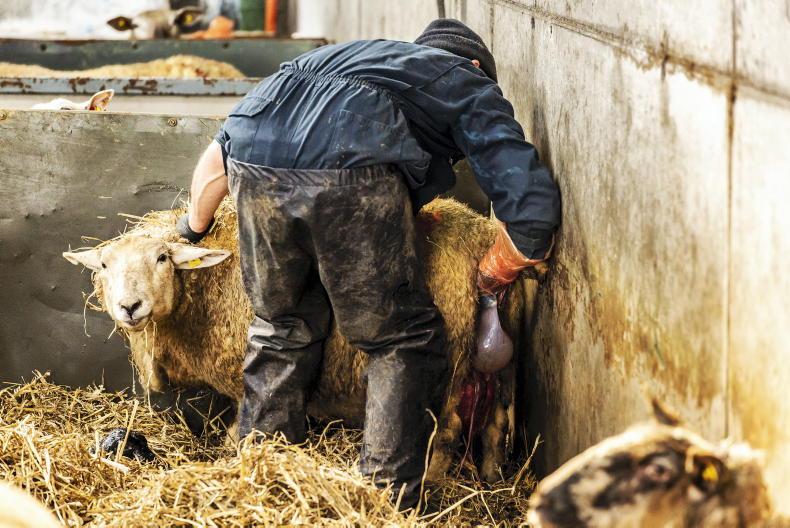

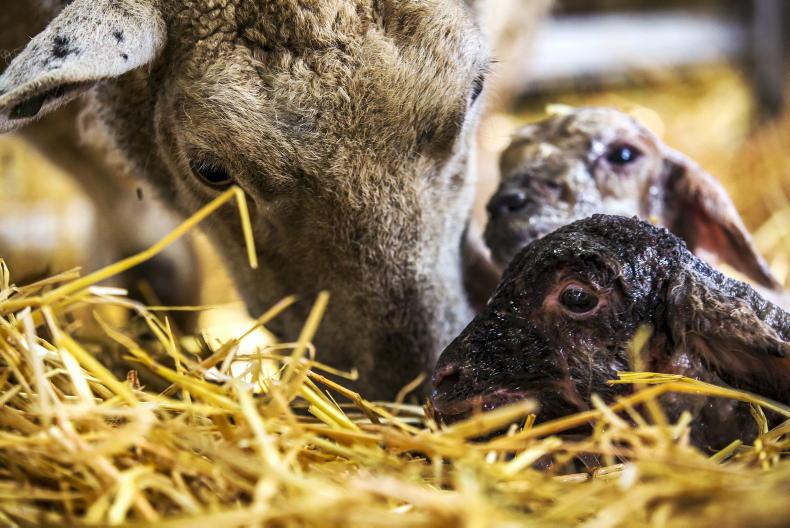
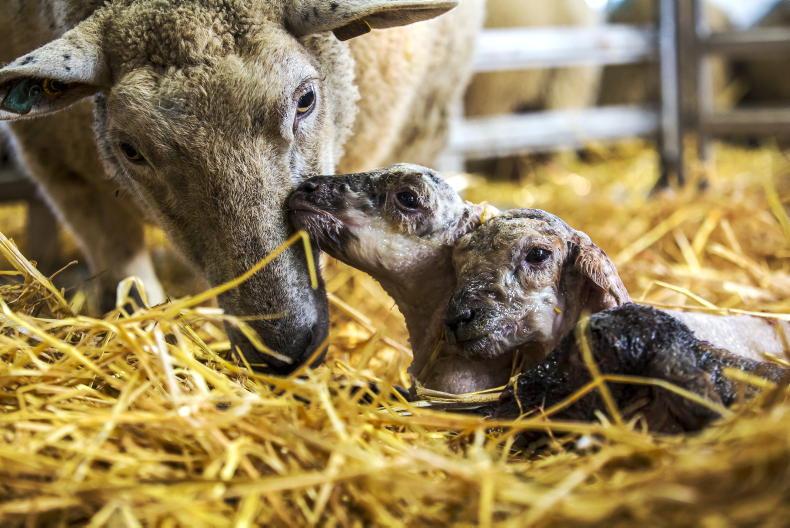

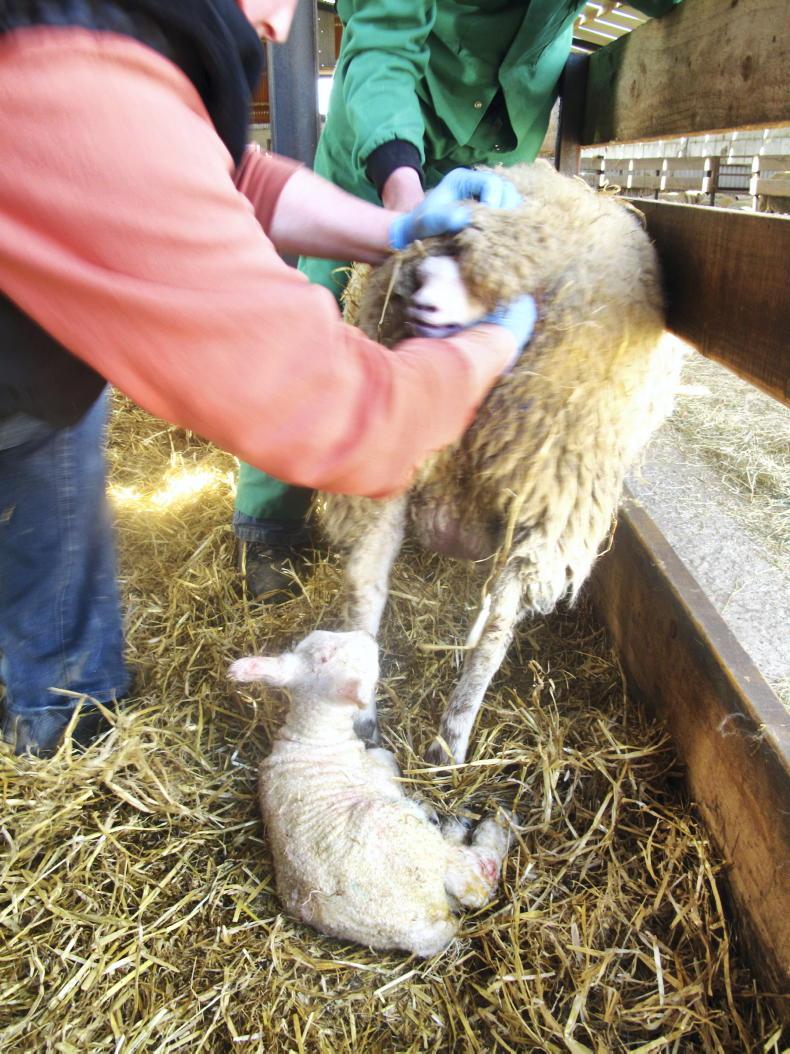


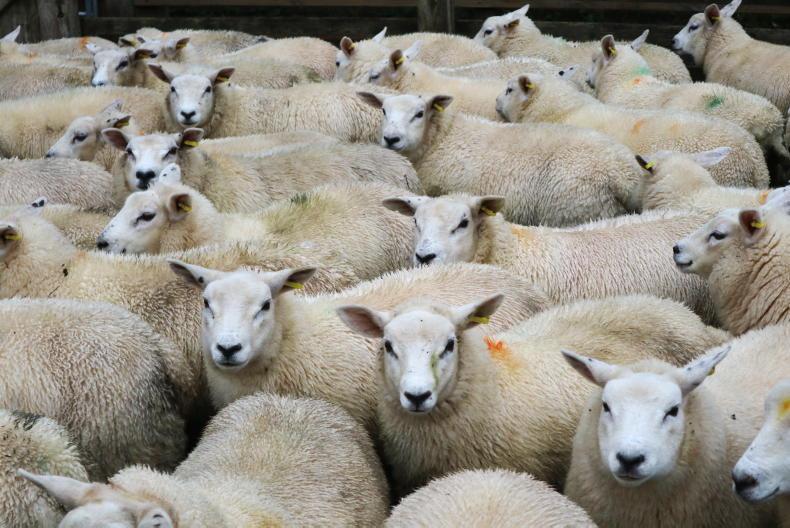


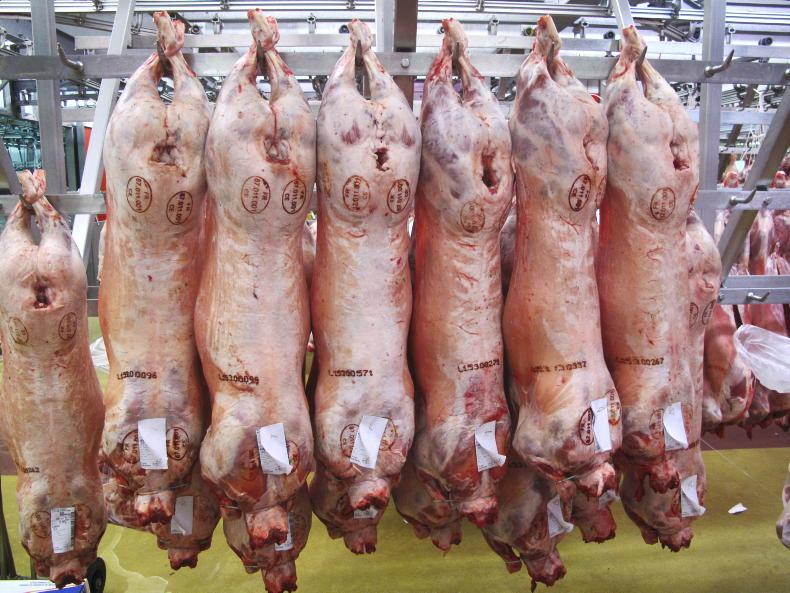

SHARING OPTIONS